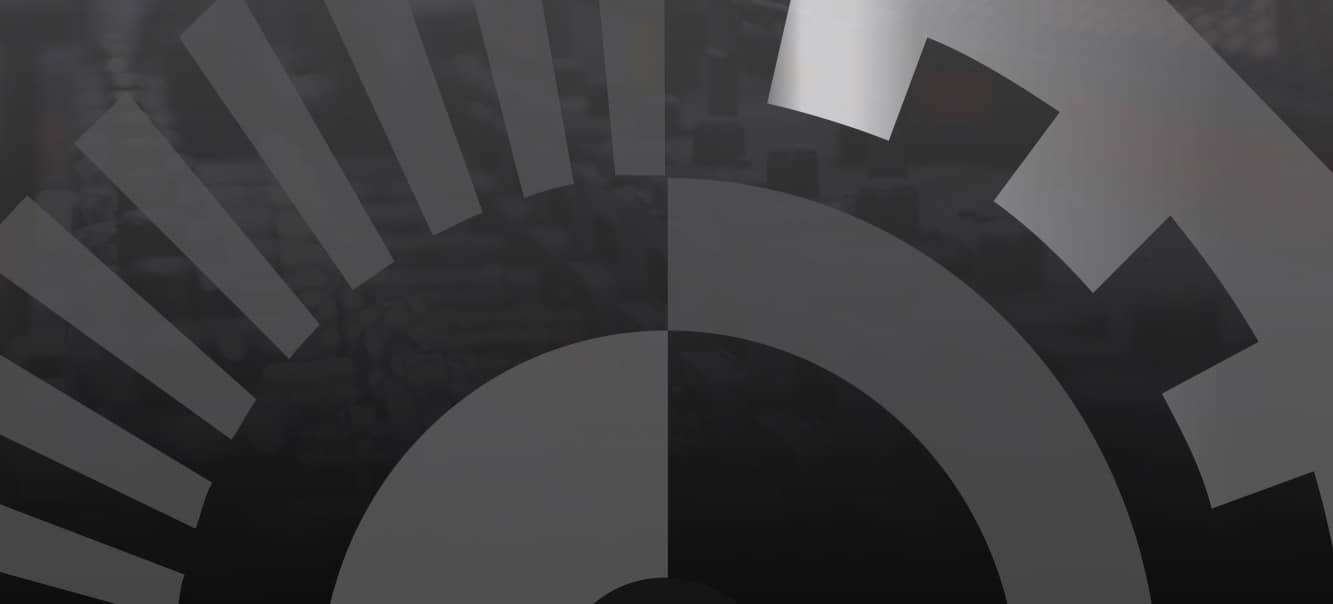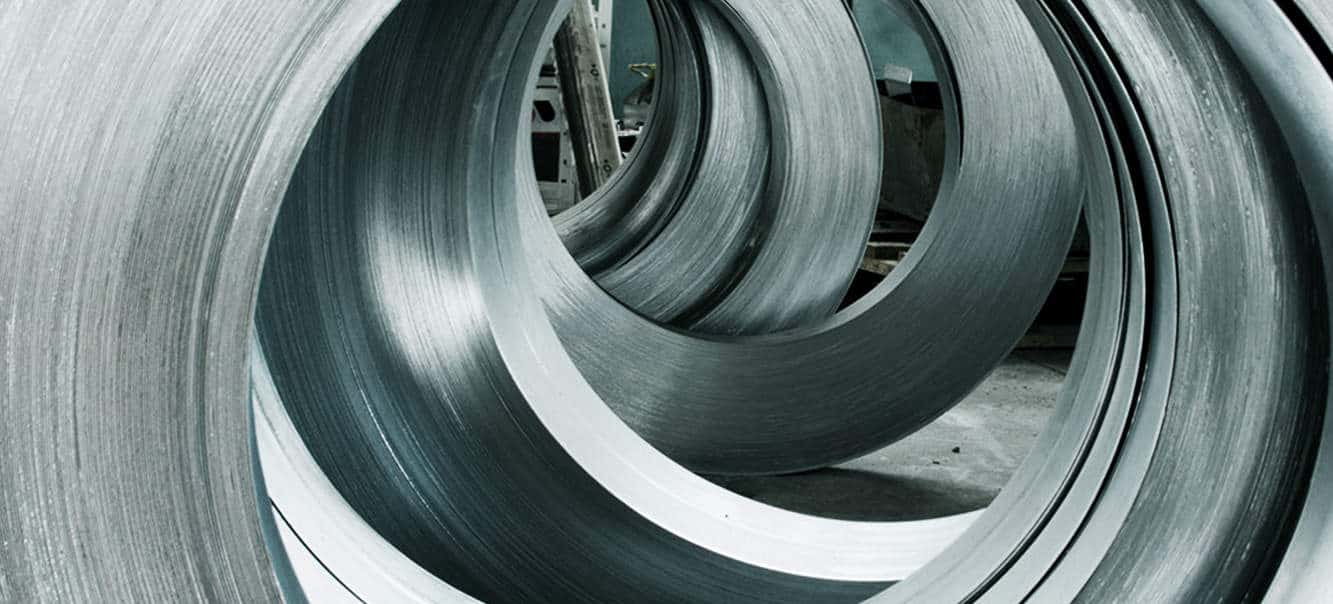CELEBRATE SEIFSA’S 75th ANNIVERSARY WITH US
For 75 years, the Steel and Engineering Industries Federation of Southern Africa (SEIFSA) has represented the metals and engineering industries, provided active support for Employer Associations and lobbied for policies that have improved the business environment in which its members operate. This rich, 75-year legacy has been possible due to active support throughout the years from our members and their respective companies – and we remain deeply grateful for it.
To celebrate this significant milestone and to profile its proud legacy, SEIFSA will publish a 60-page glossy, high-quality 75th Anniversary Special Magazine. To be called SEIFSA at 75, the magazine will map SEIFSA’s 75-year journey by highlighting the Federation’s most memorable events, including key milestones, past challenges and transformation of the Federation, among others.
SEIFSA at 75 will offer key insights into South Africa’s changing political environment, South Africa’s economic outlook, the outlook for the metals and engineering sector as well as the future of collective bargaining, and other external environmental factors that will have an impact on the metals and engineering sector.
To be sold to approximately 2 500 SEIFSA member companies and other interested parties, SEIFSA at 75 offers an opportunity to companies in the metals, engineering and related sectors (both SEIFSA members and non-members) and their suppliers to tell their stories, wish SEIFSA a happy 75th birthday or advertise their product and service offerings by taking up advertising space at very competitive rates.
Following below is the proposed content:
Content:
- Introduction and purpose of SEIFSA at 75
- Foreword and Message from the SEIFSA CEO
- Message of Support from the Department of Trade and Industry and the Department of Economic Development
- Message from SEIFSA President Michael Pimstein
- Message from Operations Director Lucio Trentini
- Interview with SEIFSA President Michael Pimstein
- Interview with SEIFSA’s first – and, to date, only – black President, Ufikile Kumalo
- Interview with SEIFSA’s first – and, to date, only – female President, Angela Dick
- Profiles of SEIFSA’s Divisions and their service/product offerings
- An interview with SEIFSA Associations Manager Theresa Crowley
- Messages from Chairpersons of Associations federated to SEIFSA, about their Associations and their history with SEIFSA
- Pictures of all SEIFSA staff members (Team SEIFSA), with names and positions occupied
- Group picture of the SEIFSA Board of Directors
- Comprehensive story of SEIFSA’s evolution from its birth in 1943 and, where possible, stories and pictures of the key past players:
The SEIFSA Journey
- The SEIFSA Journey from the beginning (including the need to establish SEIFSA)
- past challenges,
- the key milestones,
- past SEIFSA CEOs/Executive Directors and their legacies
- past SEIFSA Presidents and their legacies
- The transformation journey
- The birth of the Southern African Metals and Engineering Indaba and the SEIFSA Awards for Excellence
- The Journey-ahead interviews with:
- CEO Kaizer Nyatsumba on changes taking place on the political front and their impact on the environment that SEIFSA members operate in;
- Chief Economist Dr Michael Ade on South Africa’s economic outlook, the outlook for the metals and engineering sector and the way forward;
- Operations Director Lucio Trentini on the future of collective bargaining, trade unions;
- Human Capital and Skills Development Executive Melanie Mulholland on the SEIFSA Bursary Scheme and the;
- The SEIFSA Training Centre (the need to establish the STC, the number of graduates it has produced and interview/s with one or two now successfully-employed graduates
- The CSI initiatives (profile the SEIFSA Bursary Scheme, mention the number of people whose tertiary (university or technikon) studies were funded or co-funded by SEIFSA and interview some of the more successful SEIFSA Bursary recipients)
I hereby invite you, as a company or organisation with a keen interest in the welfare of the metals and engineering sector in particular and manufacturing in general, to help us celebrate our 75-year legacy by advertising in this special publication, which will reach thousands of your current and potential customers.
To be published between May and June 2018, the publication will have a minimum shelf life of six to seven months during the course of the year.
The glossy, high-profile SEIFSA at 75 magazine offers a limited number of advertisers an opportunity to gain exposure to an affluent and influential audience, thus improving awareness levels. Don’t miss the opportunity to be one of the advertisers.
Don’t miss out on being among the limited number of advertisers in SEIFSA at 75. Book your ad now by calling or e-mailing Kristen Botha on (011) 298-9455 or Kristen@seifsa.co.za.
Please find attached the relevant advertising rates and deadlines. I look forward to seeing your ad in our glossy, high-profile SEIFSA at 75 magazine.
Yours Sincerely
Kaizer M. Nyatsumba
Chief Executive Officer
SEIFSA EXTREMELY CONCERNED ABOUT THE WORSENING QUANDARY OF THE LOCAL STEEL INDUSTRY
Johannesburg, 19 February 2018 – The Steel and Engineering Industries Federation of Southern Africa (SEIFSA) is extremely concerned that the quandary of the local steel industry will continue to worsen in 2018, if the U.S Commerce Department’s recommendation for a tariff of at least 53% on all steel imports from 12 countries – including South Africa – is accepted, SEIFSA Chief Economist Dr Michael Ade said today.
The US’s Department of Commerce recommended the imposition of the tariff rate on all imported steel products from Brazil, China, Costa Rica, Egypt, India, Malaysia, Russia, South Korea, South Africa, Thailand, Turkey and Vietnam, in addition to any anti-dumping or countervailing duty collections applicable to any steel products from those countries. All other countries would be limited to 100 percent of their 2017 import level.
According to the Global Trade Analysis Project (GTAP) Model, produced by Purdue University, a 53% tariff on all steel imports from the aforementioned countries would be expected to reduce imports by 13.3 million metric tons from 2017 import levels from the targeted countries. This action would enable an increase in domestic production in the U.S. to achieve an 80% capacity utilisation rate at 2017 demand levels (including exports). The countries identified are projected to account for less than 4% of American steel imports in 2017.
In January this year, the U.S. Department of Commerce announced an affirmative final determination in the anti-dumping duty (AD) investigations of imports of carbon and alloy steel wire rod from South Africa and Ukraine. This followed parallel investigations launched in October 2017 by both the U.S Department of Commerce and the U.S International Trade Commission (ITC) to determine if American producers had been harmed by carbon and alloy steel wire rod imports from Italy, the Republic of Korea, South Africa, Spain, Turkey, Ukraine and/or the United Kingdom.
For the South African investigations, the U.S Department of Commerce assigned a dumping rate of 142.26 percent for the entity composed of ArcelorMittal South Africa Limited, Scaw South Africa (PTY) Ltd (also known as Scaw Metals Group) and Consolidated Wire Industries, based on adverse facts available due to these companies’ alleged failure to respond to the Department’s requests for information.
The ITC is scheduled to make its final determination on or about 22 February 2018. If the ITC makes an affirmative final determination that imports of carbon and alloy steel wire rod from South Africa and/or Ukraine materially injure, or threaten material injury to the domestic industry, the US Department of Commerce will issue anti-dumping orders. Should the ITC make negative determinations of injury, the investigations will be terminated.
SEIFSA raised its concerns last year about the initial investigations and commented that it was just a tip of the iceberg, with the possibility of anti-dumping duties being extended to other domestic steel products. The Federation also highlighted the potential for retaliation from many overseas trading partners in order to protect their steel industries.
Dr Ade said although the initial indications were for possible tariff imposition on selected steel products from SA, it now appeared that the U.S Commerce Department was advocating for the imposition of a blanket tariff on all SA steel exports.
“This is really a matter of enormous concern to SEIFSA, since the latest developments have the potential of further dampening production in the local steel industry, reducing steel exports to the U.S, squeezing margins and depriving the steel industry of much-needed foreign reserves. Imports of Carbon and Alloy steel wire rod by the U.S from South Africa was valued at an estimated $7.1 million,” Dr Ade said.
He said this situation was further compounded by a low domestic growth scenario which did not augur well for local steel production. He said that for growth in apparent steel consumption to be sustainable, the overall economy’s GDP has to grow by at least 5% – and the South African economy has not grown at those levels since 2007.
Dr Ade said the high uncertainty in steel production and imported input cost, which was sensitive to exchange rate volatility, was of particular concern. He feared that widespread protectionism of steel products might lead to trade wars and further price spikes in the raw materials used in everything from autos manufacturing to household appliances and construction. Of particular concern has been the high uncertainty in steel production and imported inputs cost, which is sensitive to exchange rate volatility.
“The recent developments in the U.S are of grave concern to SEIFSA, given the strategic importance of the local steel industry. SEIFSA supports any collective initiative aimed at addressing the situation and lessening the effects of a final decision by the U.S Department of Commerce on SA steel producers,” concluded Dr Ade.
SEIFSA Chief Executive Officer Kaizer Nyatsumba said although the Federation also called for the imposition of tarrifs on some foreign imports into South Africa, it did so only when it believed there was unfair competition as a result of manufacturing subsidies and export incentives, as is the case with some Asian imports.
Mr Nyatsumba called on the Department of Trade and Industry speedily to engage its US counterpart in a discussion in an effort to resolve this matter.
Issued by:
Ollie Madlala
Communications Consultant
Tel: (011) 298 9411 / 082 602 1725
Email: ollie@seifsa.co.za
Web: www.seifsa.co.za
SEIFSA is a National Federation representing 23 independent employers. Associations in the metals and engineering industries, with a combined membership of 1600 companies employing around 200 000 employees. The Federation was formed in 1943 and its member companies range from giant steel-making corporations to formed in 1943 and its member companies range from giant steel-making corporations to micro-enterprises employing few than 50 people.


